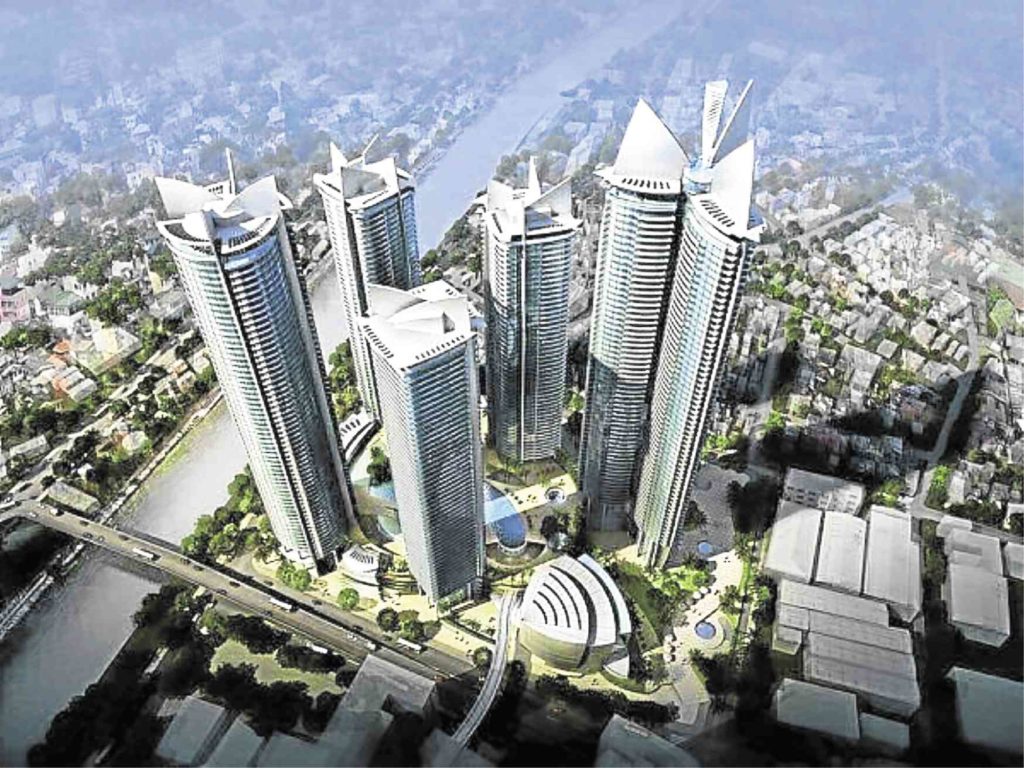
Earlier this week, the Philippines grabbed international headlines when it was reported as the “best country to invest in” by website Business Insider.
This news was based on a ranking released last month by US News, which placed the Philippines at the top spot, on the back of its strong macroeconomic fundamentals and aggressive infrastructure spending. For US News, the Philippines “is expected to receive more FDI from within the region from powerhouses like China that are looking to utilize available labor in developing nations.”
Best scenario
It was a well-timed, much deserved shot in the arm that is expected to further boost the attractiveness of the Philippines as an investment destination—news that is expected to benefit a wide range of industries and sectors which may, in turn, generate thousands more of quality jobs that can help uplift the lives of many Filipinos. At least, that’s the best case scenario should that optimism translate into actual investments for the country.
One of the industries that is expected to benefit significantly from a renewed investor interest in the Philippines would be the real estate sector, according to Colliers International Philippines.
“We believe that the Philippines’ growing attractiveness as an investment destination will benefit the property sector and this should trickle down to key segments such as industrial, residential, retail, leisure and office,” said Joey Bondoc, research manager at Colliers.
“The Philippines is becoming a more attractive investment destination in the region. As a result, we see more foreign property firms partnering with local developers in building several office, residential, retail, even township projects. The international partnerships will make the property landscape in the Philippines more competitive. More local and foreign brands participating in the Philippine property market means greater competition which should ultimately benefit Filipino consumers,” Bondoc explained in an interview with the Inquirer.
Monique Pronove, CEO of Pronove Tai International Property Consultants, shared a similar view, noting that the Philippine real estate industry will be one of the key beneficiaries should this survey result in actual foreign direct investment.
“The immediate property sector that will benefit will be the hospitality sector as investors conduct their due diligence and reconnaissance visits. On the mid term, it will be the business centers and co-working spaces as a component of the office sector as short to mid term rental office space will be leased as investors set up and test the market. The residential condominium sector goes hand in hand with the office demand through to the retail sector and the tourism sector. The industrial sector will benefit from a longer term perspective as investments in this sector takes a longer term to materialize,” Pronove explained.
Investment hub
The survey released by the US News and World Report supports earlier polls which show that the Philippines is becoming a more attractive location for foreign investments.
A report released in 2017 by the US State Department noted that the Philippines is becoming a more attractive hub for foreign investment on the back of a growing middle class and a “fairly stable political environment”.
Bondoc pointed out that given the Philippines’ rising status as a real estate investment hub in the region, they see the entry of more international developers. Aside from Japanese companies’ partnerships with P.A. Alvarez Properties, Federal Land and Rockwell Land, several property firms from China and Hong Kong have expressed interest to invest in the Philippine real estate sector.
“Given the increasingly competitive environment brought about by partnerships with international developers, we at Colliers International Philippines believe that developers need to distinguish their projects from others. Apart from the typical land uses such as office, residential, retail and hotel, developers should also incorporate institutional uses such as education and healthcare. Other developers have been more aggressive in ‘differentiating’ their communities by integrating entertainment and recreational facilities,” Bondoc explained. (To be continued)